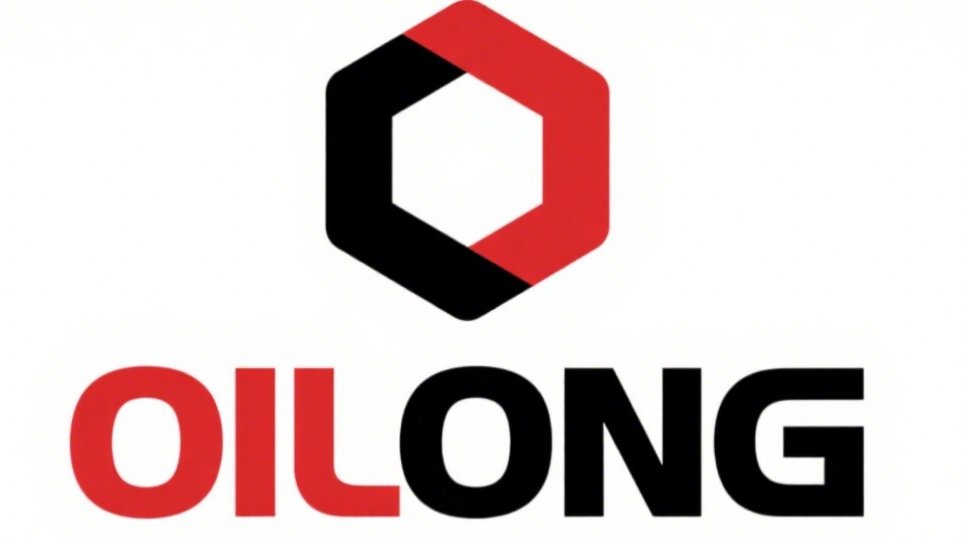⏳ What is the Service Life of a Gate Valve?
Industrial gate valves are workhorses in pipelines, controlling the flow of liquids, gases, and slurries across sectors like oil & gas, water treatment, and manufacturing. A common question for buyers and operators is: “How long does a gate valve last?” The answer depends on multiple factors—from design quality to operating conditions. Below, we break down the typical lifespan of gate valves, key factors that influence durability, and how to extend their service life.
📊 Typical Service Life of Industrial Gate Valves
There’s no one-size-fits-all number, but well-selected, properly maintained gate valves generally last:
- 10–15 years in moderate conditions (e.g., clean water pipelines, low-pressure systems, occasional use).
- 15–25+ years in controlled environments (e.g., oil refineries with regular maintenance, low-corrosive media, proper installation).
Poorly maintained valves or those operating in harsh conditions may fail in as little as 3–5 years. The difference comes down to how these critical factors interact:
🔑 Key Factors Affecting Gate Valve Lifespan
1. Material Quality & Design
- Body & Trim Materials: Valves made from high-grade materials (e.g., forged carbon steel, stainless steel, duplex alloys) resist corrosion and wear better than low-quality cast iron or mild steel. For example, 316 stainless steel valves outlast carbon steel in saltwater or acidic media.
- Sealing Components: Metal-to-metal seats (common in API 600 valves) last longer in high temperatures (300°C+) but may wear faster with abrasive slurries. Soft-seated valves (PTFE, EPDM) offer tight shutoff but degrade quicker in high-heat or chemical-rich environments.
- Standard Compliance: Valves meeting API 600, API 6D, or ASME B16.34 standards undergo stricter testing (pressure, leakage, material traceability), ensuring longer lifespans than non-certified valves.
2. Operating Conditions
- Media Type: Corrosive media (acids, chlorides) or abrasive slurries (mineral ores, sand) accelerate wear on valve bodies, seats, and stems. Clean, non-corrosive media (water, natural gas) are gentler, extending life.
- Pressure & Temperature: Constantly operating near maximum pressure/temperature ratings (e.g., 1000 psi, 400°C) strains valve components, leading to fatigue. Valves in low-pressure (≤150 psi) and ambient temperature systems last longer.
- Cycle Frequency: Valves opened/closed multiple times daily (e.g., in batch processing) wear faster than those in “on/off” service (e.g., pipeline isolation valves used monthly).
3. Installation & Maintenance
- Proper Installation: Misalignment, over-tightened flanges, or incorrect gasket selection causes uneven stress, leading to leaks and premature failure. A well-installed valve avoids these issues.
- Regular Maintenance: Neglecting lubrication (stem, packing), cleaning (removing debris), or replacing worn parts (gaskets, packing) drastically shortens life. For example, dry valve stems corrode faster, while clogged seats cause leakage and increased wear.
- Operational Practices: Throttling (partially opening) gate valves (not designed for this) creates turbulent flow that erodes seats. Proper use—full open/close only—preserves components.
📈 Average Lifespan by Application
| Application | Typical Lifespan | Key Influencing Factors |
|---|---|---|
| Water treatment plants | 10–20 years | Low corrosion, moderate pressure, regular cycles |
| Oil & gas pipelines | 15–25+ years | High-quality alloys, low cycle frequency |
| Chemical processing | 5–15 years | Corrosive media, high temperatures |
| Mining (slurry systems) | 3–10 years | Abrasive slurries, frequent cycling |
💡 How to Extend Your Gate Valve’s Service Life
- Choose the Right Valve: Match material (e.g., duplex steel for saltwater) and design (API 600 for high pressure) to your media and conditions.
- Install Correctly: Follow manufacturer guidelines for alignment, gaskets, and torque specs.
- Maintain Proactively:
- Lubricate stems quarterly with media-compatible grease.
- Inspect seals/packing annually; replace at first sign of wear.
- Clean valves in abrasive systems to prevent debris buildup.
- Operate Properly: Avoid throttling; open/close fully to minimize seat erosion.
